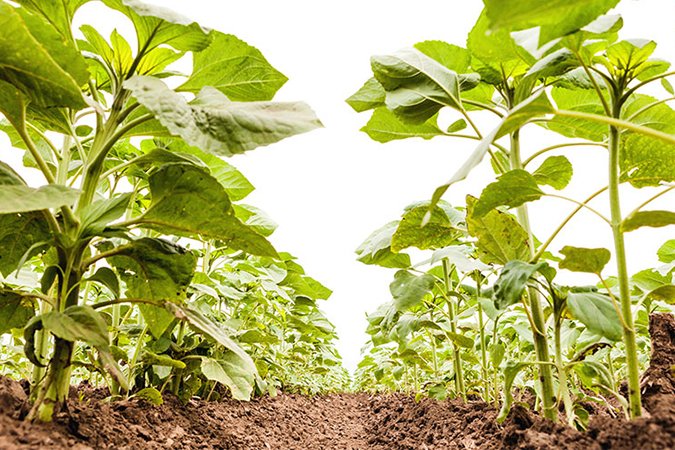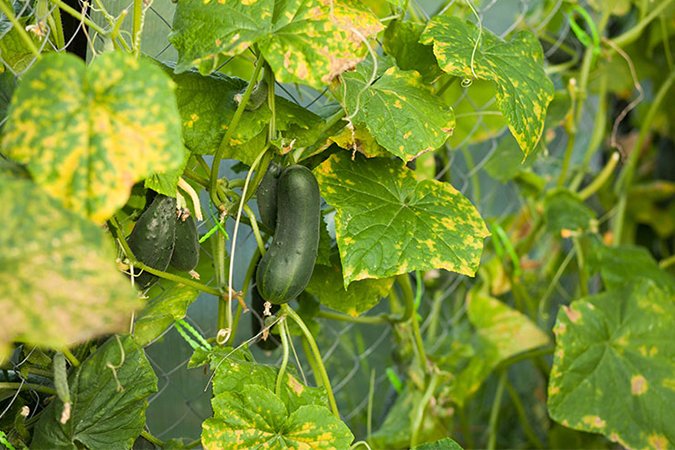Why do plants need magnesium?
Why do plants need magnesium? While magnesium supports several of a plants essential functions, the most important reason plants need magnesium is to photosynthesise. Photosynthesis is the process by which plants - and certain types of bacteria and algae - turn energy from the sun into chemical energy. The energy is stored in carbohydrates, particularly sugars, which are created from carbon dioxide and water. The energy is then held in storage until it is used by the plant to fuel growth and reproduction. Photosynthesis is only possible where green chlorophyll pigments are present. The presence of the green chlorophyll give plants their green leaves. This is because chlorophyll only use energy from the red end of the light spectrum; therefore, they appear green to reflect the parts of the light they do not need. Magnesium in plants is located within the chlorophyll enzyme, and its absence prevents photosynthesis from taking place. Plants also use magnesium during the metabolic process, to break down the carbohydrates they created through photosynthesis. Therefore, the main answer to the question, “why do plants need magnesium” is that without sufficient magnesium, plants will experience stunted and poor growth.
Magnesium Deficiency in Plants
Why do plants needs magnesium? As already mentioned, a lack of magnesium leads to stunted growth in plants. Inevitably, this has consequences for the amount and quality of a plant’s yield. Therefore, it is important for growers to be able to identify magnesium deficiency in their crops quickly. Magnesium deficiency in plants often happens in areas where soil is lacking in organic matter or is very thin and has been exposed to heavy rainfall. Under such circumstances, nutrient leaking can occur, leaving the soil devoid of magnesium for the plants so draw on. Magnesium deficiency in plants can also occur in areas where high levels of potassium are present, as this can lead plants to ignore magnesium in favour of the abundant potassium. The easiest way to identify magnesium deficiency in plants is to observe the discolouration of the leaves that it causes, particular the edges of the leaves and around the leaf’s veins. Magnesium deficiency in plants can have far reaching consequences beyond the plant itself: studies have shown that reduced magnesium in cereals is leading to problems with magnesium deficiencies in humans in the third world.
Overcoming Magnesium Deficiency in Plants
Given the importance of magnesium for growing plants, and the consequences magnesium deficiency can have on both plants and humans, it is important for growers and agriculturalists to a have a ready solution for treating magnesium deficiency. BAC’s Calmag 2.0, which is a mix of calcium, magnesium and iron, is one possible solution.
Why Do Plants Needs Magnesium? An Overview
To review, here are the key answers to the question, “why do plants need magnesium?”:
- To power the process of photosynthesis
- To process carbohydrates
- To give plant leaves their green colour
- To ensure the production an abundant, healthy crop
- In food crops, to ensure sufficient levels of magnesium are consumed




